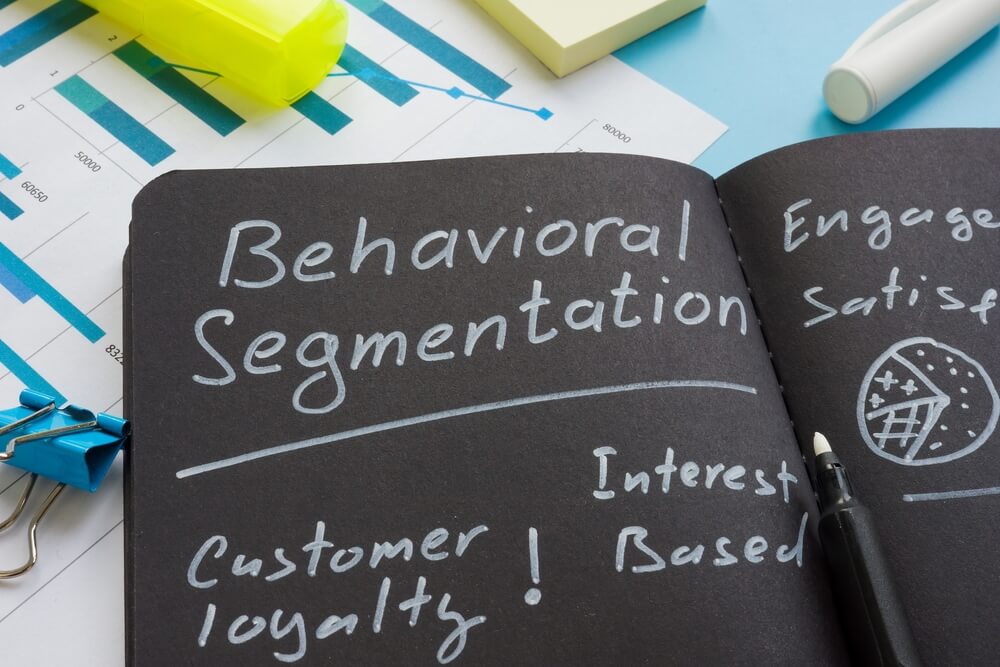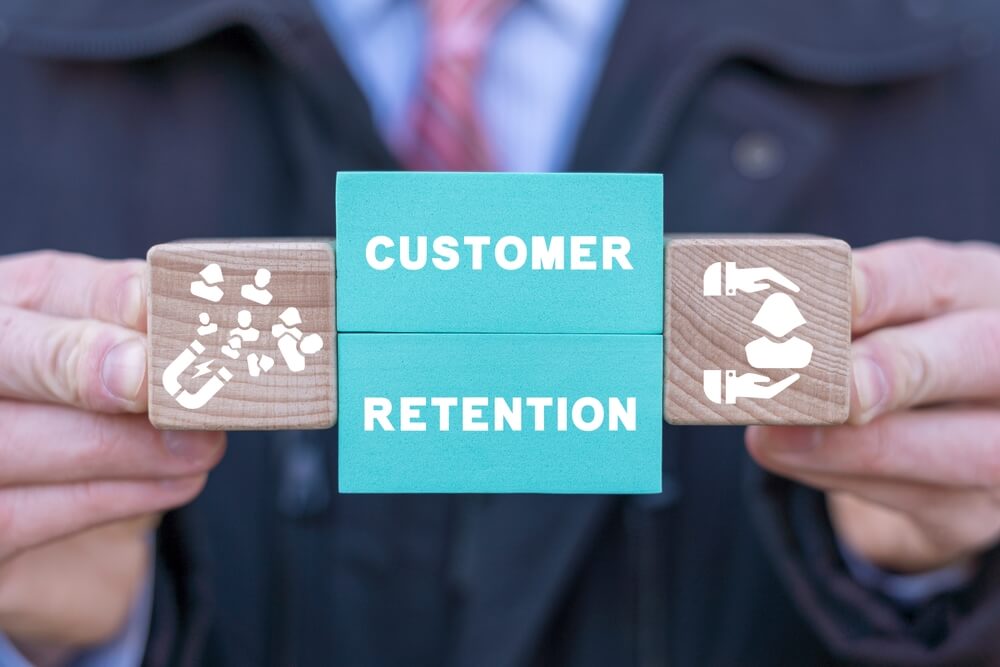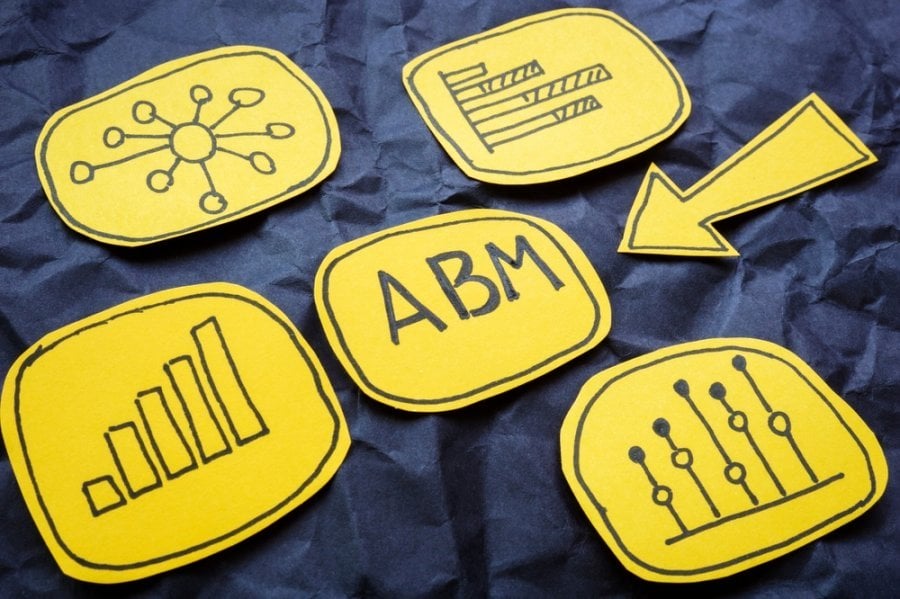
Best Uses for Behavioral Segmentation in Targeted Marketing
Behavioral segmentation is invaluable in targeted marketing and fractional sales management services. This approach of analyzing customer behaviors leads to personalized marketing strategies.
This article explains the different ways of using behavioral segmentation in marketing and sales:
 Behavioral segmentation is vital in creating personalized marketing messages. This approach helps marketers design more relevant, effective tactics that deepen connections between customers and brands.
Personalization focuses on these three factors:
Behavioral segmentation is vital in creating personalized marketing messages. This approach helps marketers design more relevant, effective tactics that deepen connections between customers and brands.
Personalization focuses on these three factors:
 Behavioral segmentation is essential in devising client-centric marketing strategies that increase customer engagement and retention.
The following approaches tailor interactions to customer behaviors, enhancing loyalty and maintaining long-term relationships:
Behavioral segmentation is essential in devising client-centric marketing strategies that increase customer engagement and retention.
The following approaches tailor interactions to customer behaviors, enhancing loyalty and maintaining long-term relationships:
 Behavioral segmentation makes developing pricing strategies that resonate with different market segments easier.
The following aligns prices with customer behaviors and preferences:
Behavioral segmentation makes developing pricing strategies that resonate with different market segments easier.
The following aligns prices with customer behaviors and preferences:
- Understanding behavioral segmentation.
- Personalizing marketing communications.
- Optimizing product recommendations.
- Enhancing customer engagement and retention.
- Crafting targeted promotional campaigns.
- Innovating pricing strategies.
Need some direction for increasing sales? Watch this video to learn what DAP can do for you!
1. Understand Behavioral Segmentation
Behavioral segmentation divides a market based on consumer behaviors. It differs from other segmentation types, such as demographic or geographic segmentation, because it focuses on “why” and “how” consumers interact with products or services. Key factors in behavioral segmentation include:- Purchasing habits: Examine patterns in how customers buy such as frequency, timing, and amount spent.
- User status: Identify if customers are regular users, first-timers, or potential users.
- Brand interactions: Analyze how customers interact with the brand across various channels.
- Customer loyalty: Assess the level of customer commitment and repeat purchases.
2. Personalize Marketing Communications
 Behavioral segmentation is vital in creating personalized marketing messages. This approach helps marketers design more relevant, effective tactics that deepen connections between customers and brands.
Personalization focuses on these three factors:
Behavioral segmentation is vital in creating personalized marketing messages. This approach helps marketers design more relevant, effective tactics that deepen connections between customers and brands.
Personalization focuses on these three factors:
- Message tailoring: Marketers dive deep into customer behavior to create messages that more deeply resonate with them. They study factors, such as previous purchases and interactions, to tailor communications with each customer group. This targeted approach boosts the relevance and impact of marketing campaigns.
- Content customization: Behavior data provides essential insights to personalize content that addresses the interests and needs of various customer segments. The types of content include tailored emails, social media, and websites.
- Relevance enhancement: Personalized communications ensure that customers receive relevant information and offers. This increases customer satisfaction and motivates them to take action, such as buying a product.
3. Optimize Product Recommendations
Product recommendations benefit significantly from behavioral segmentation because it enhances their relevance to customer preferences and needs. Optimize product recommendations by analyzing buying and engagement behaviors in the following ways:- Leverage purchase history. When you know what your customers have bought in the past, it is easier to predict what they might buy next. This allows for recommending products that align with their established interests.
- Analyze browsing behavior. Tracking how customers browse online provides insights into their interests. Even if they have not purchased anything, the data helps suggest products that they might appreciate.
- Use recommendation engines. These use behavioral data to refine the accuracy of product suggestions.
- Identify cross-sell and upsell opportunities. Behavioral data helps identify chances for cross-selling and upselling, recommending complementary or higher-end products that customers will likely find appealing.
4. Improve Customer Engagement and Retention
 Behavioral segmentation is essential in devising client-centric marketing strategies that increase customer engagement and retention.
The following approaches tailor interactions to customer behaviors, enhancing loyalty and maintaining long-term relationships:
Behavioral segmentation is essential in devising client-centric marketing strategies that increase customer engagement and retention.
The following approaches tailor interactions to customer behaviors, enhancing loyalty and maintaining long-term relationships:
- Campaign customization: Businesses create targeted campaigns for specific customer groups based on behavioral data. A company might boost engagement by sending relevant offers to customers based on their purchase history.
- Loyalty program development: Behavioral insights guide the creation of loyalty programs. Recognizing and rewarding consistent purchasing patterns strengthens customer retention.
- Retention tactics: Analyzing behavioral data helps identify why customers leave. Tailored strategies, such as special offers, can re-engage dormant audiences.
- Feedback incorporation: Customer interactions based on behavior provide valuable feedback. This demonstrates an appreciation of customer preferences and helps businesses refine their offerings.
5. Design Effective Promotional Campaigns
Marketers enhance their promotional campaigns with behavior segmentation. It enables businesses to understand and cater to the distinct preferences of various customer groups. Develop high-impact marketing activities with behavior analysis with these ideas:- Create targeted offers. Analyzing customer behaviors lets companies create offers that appeal to the interests of different segments. For example, customers who regularly buy a specific product type might receive promotions for related items.
- Choose the right timing and channels. Insights from behavioral data help determine the most effective times and channels for reaching each customer group. They receive marketing messages when and where they are most likely to engage.
- Evaluate campaign success. The feedback from these campaigns provides valuable data for improving future marketing efforts, especially targeting and communication.
6. Refine Pricing Strategies
 Behavioral segmentation makes developing pricing strategies that resonate with different market segments easier.
The following aligns prices with customer behaviors and preferences:
Behavioral segmentation makes developing pricing strategies that resonate with different market segments easier.
The following aligns prices with customer behaviors and preferences:
- Adapt prices to purchasing behaviors. Adjust prices based on customers’ buying habits and cost sensitivity. Send special discounts to frequent shoppers or apply premium pricing to exclusive products for less price-sensitive customers.
- Understand value perception. Analyze the market’s perceived product value to tailor effective pricing strategies. It identifies how much customers are willing to pay.
- Personalize offers. Use customer purchase patterns to personalize offers and discounts. This approach meets individual needs and encourages repeat business.
- Adjust prices according to seasons and events. Let behavioral data guide pricing strategies for specific seasons or events to target customers who are more inclined to buy at these times.
Summing Up
Behavioral segmentation greatly boosts targeted marketing, from personalizing messages to refining pricing, especially for businesses relying on fractional sales management services. To maximize these benefits, work with Digital Authority Partners (DAP). Our expertise in behavioral segmentation enhances your marketing strategy and customer engagement. Contact us today to learn more.Want To Meet Our Expert Team?
Book a meeting directly here



